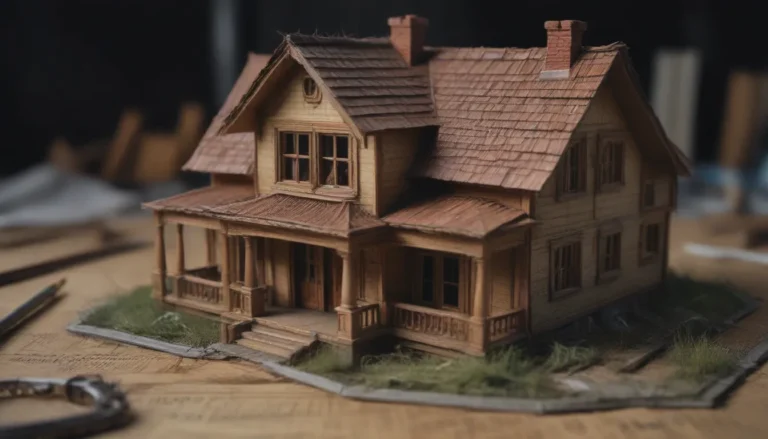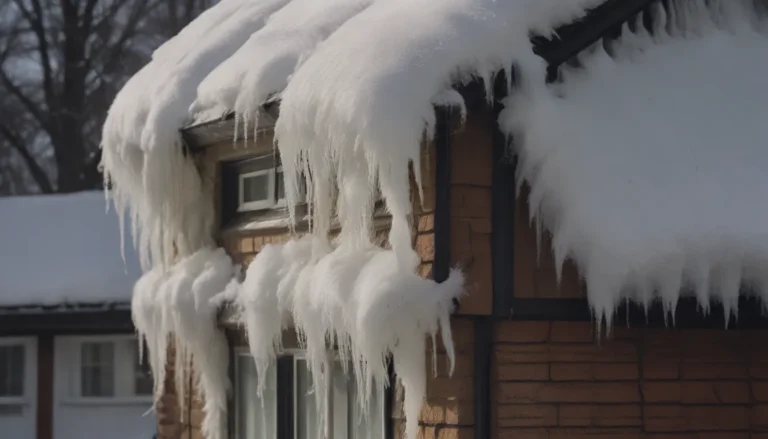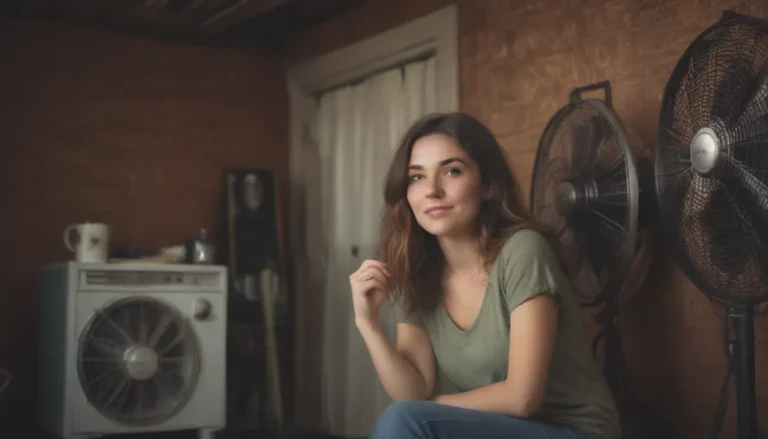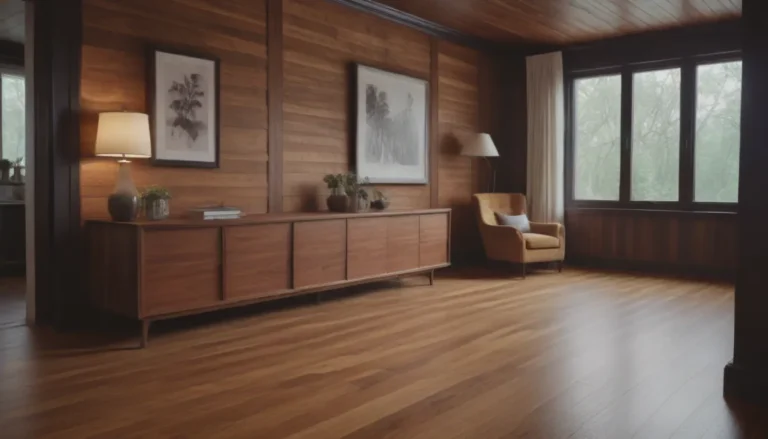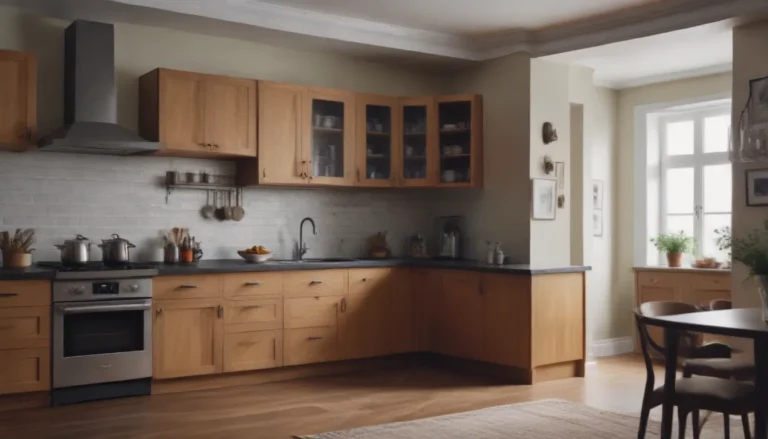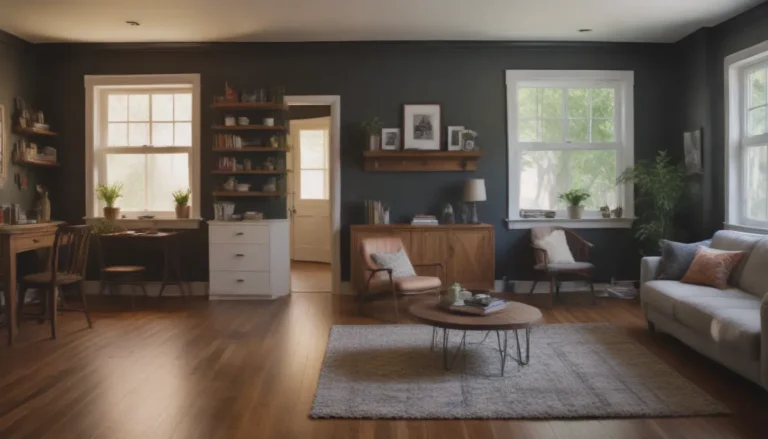The Ultimate Guide to Choosing the Right Paint Finish for Your Project
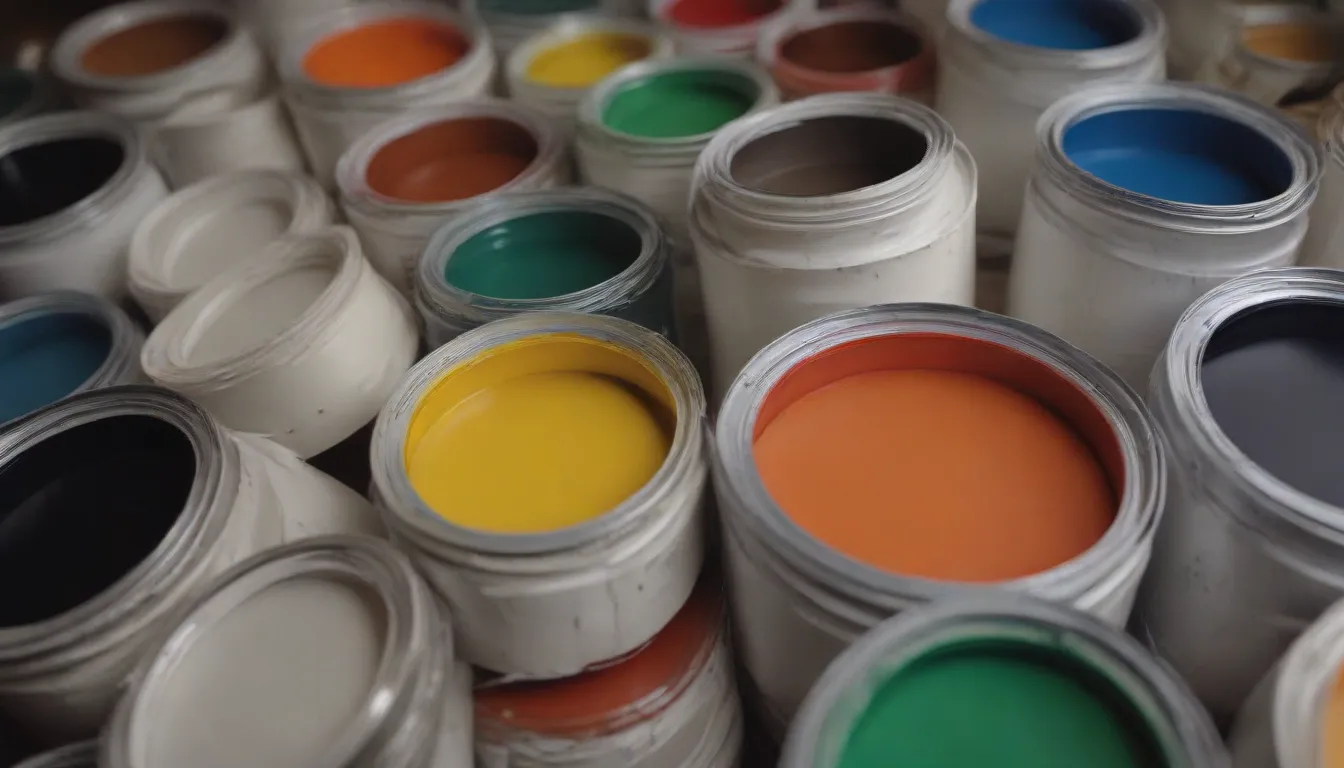
Are you feeling overwhelmed by the variety of paint finishes available on the market? Choosing the right paint finish can make a huge difference in the outcome of your paint project. From walls to trim to cabinetry, each surface requires a specific type of paint finish to ensure the best results. In this comprehensive guide, we’ll break down the five most common paint finishes, explaining their uses, benefits, and where you should (or shouldn’t) use them.
Understanding Paint Sheen: What You Need to Know
Before we delve into the different types of paint finishes, it’s essential to understand the concept of paint sheen. The sheen of a paint refers to its level of light reflectivity, which is measured in PVC (pigment volume concentration). The higher the PVC, the glossier the paint’s sheen will be. Here are the PVC ratings for the five most common paint sheens:
- Flat paint: Lowest light reflectivity
- Eggshell paint: Slight sheen, similar to an eggshell’s surface
- Satin paint: Less reflective than semi-gloss
- Semi-gloss paint: High sheen, often used for trim and cabinetry
- High-gloss paint: Most reflective, reserved for accents and high-traffic areas
The Breakdown of Five Paint Finishes
Flat Paint
Flat paint is the dullest paint sheen available, making it ideal for spaces where you want to minimize light reflectivity. It’s perfect for walls with imperfections or in rooms with lots of natural light. Flat paint is beginner-friendly, as it hides common paint mishaps like lap marks and runs. However, it’s not suitable for high-traffic areas or surfaces that require frequent cleaning or moisture exposure.
- Best for: Walls with imperfections, low-traffic areas
- Not recommended for: High-traffic areas, high-moisture environments
Tip: Many ceiling paints are flat, as they help hide imperfections on ceilings.
Eggshell Paint
Eggshell paint offers a slight sheen, similar to the surface of an eggshell. It strikes a balance between durability and gloss, making it a popular choice for interior walls. Ideal for bedrooms, living rooms, and entryways, eggshell paint can also be used on home exteriors. However, it’s not suitable for areas that require frequent wipe-downs or exposure to moisture.
- Best for: Interior walls, home exteriors
- Not recommended for: Kitchens, bathrooms, high-moisture areas
Tip: Different paint sheens can alter how a color appears in your home. Consider trying out samples in various finishes to find the right one.
Satin Paint
Satin paint offers a subtle sheen, making it less reflective than semi-gloss but more durable than eggshell. It’s commonly used in areas that require frequent cleaning and moisture exposure, such as kitchens and bathrooms. While satin paint can withstand wear and tear, it’s not suitable for high-traffic areas or surfaces that see constant use.
- Best for: Kitchen walls, bathroom walls
- Not recommended for: High-use areas, objects that require extra durability
Semi-Gloss Paint
Semi-gloss paint is a high-sheen option reserved for trim, doors, and cabinetry. It provides excellent durability and adds a visual accent to surrounding walls. While semi-gloss is perfect for areas that require high durability, it’s not suitable for large flat surfaces like walls or ceilings due to its high reflectivity.
- Best for: Trim, doors, cabinetry
- Not recommended for: Walls, ceilings
High-Gloss Paint
High-gloss paint, also known as gloss paint, is the most reflective option available. Reserved for accents or high-traffic areas, high-gloss paint is incredibly shiny and durable. It’s not commonly used on interior walls, as it can be too bright and reflective. For most interior walls, eggshell paint is a more suitable option.
- Best for: Accents, high-traffic areas
- Not recommended for: Interior walls
Choosing the Right Paint Finish for Your Project
When selecting a paint finish for your project, consider the following factors:
- The location of the surface: Determine whether the area is a high-traffic space or prone to moisture exposure.
- Desired durability: Consider how much wear and tear the surface will experience.
- Aesthetic preferences: Think about the overall look and feel you want to achieve in the space.
Paint professionals often use a combination of paint finishes to achieve the desired results. For interior walls, flat, eggshell, and satin are popular choices, while semi-gloss and gloss are preferred for trim and cabinetry. High-gloss paint offers the highest durability, making it suitable for high-traffic areas.
By familiarizing yourself with the different types of paint finishes and their uses, you can confidently choose the right paint finish for your next project. Whether you’re painting walls, cabinets, or your home’s exterior, selecting the appropriate paint finish will ensure a successful outcome.
Remember, the key to a successful paint project is choosing the right finish for the job. With this guide, you’ll be equipped with the knowledge to make informed decisions and achieve professional results in your painting endeavors.
